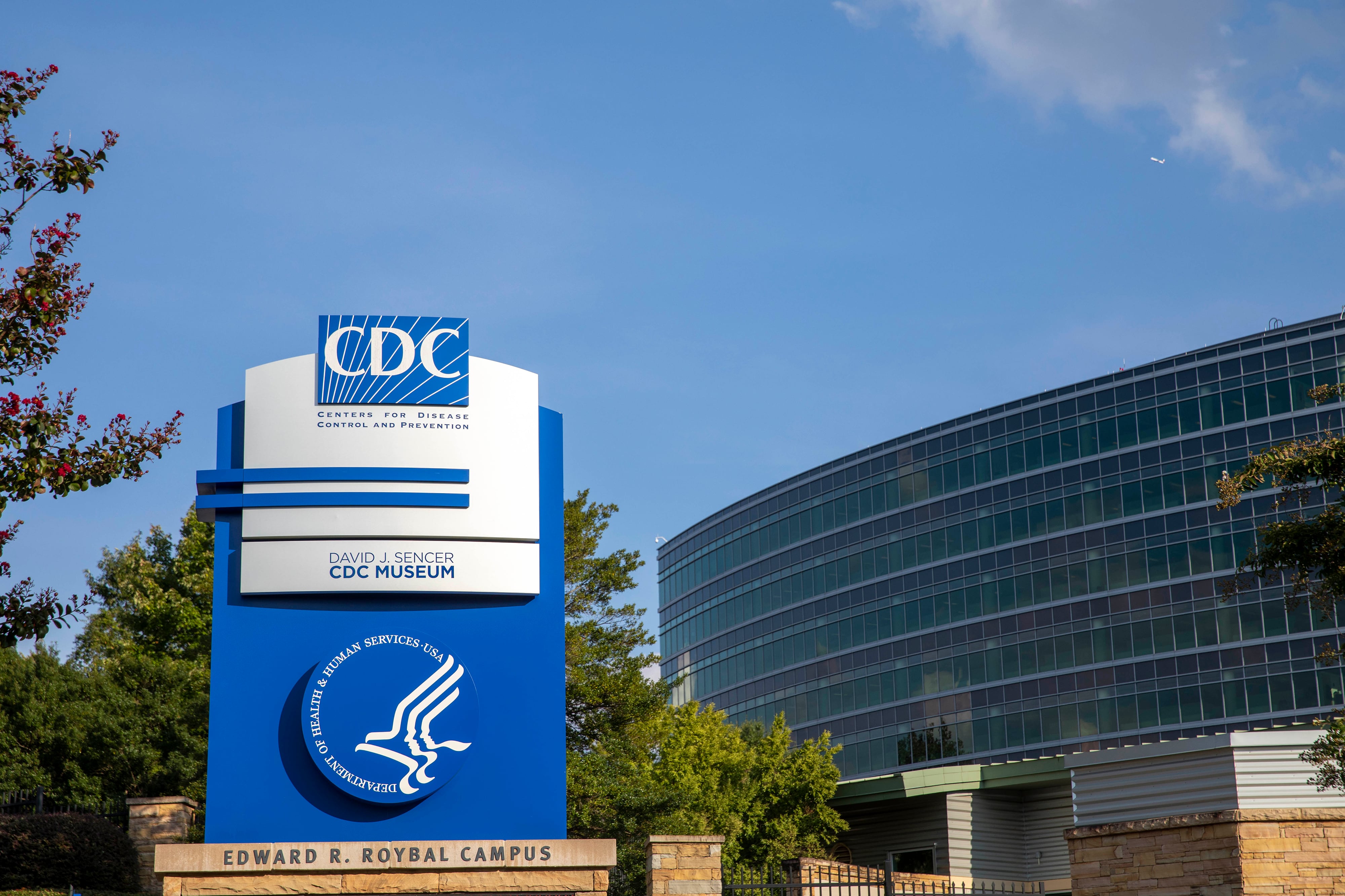Public health, explained: Sign up to receive Healthbeat’s free national newsletter here.
The Centers for Disease Control and Prevention says a glitch in its bird flu test hasn’t harmed the agency’s outbreak response. But it has ignited scrutiny of its go-it-alone approach in testing for emerging pathogens.
The agency has quietly worked since April to resolve a nagging issue with the test it developed, even as the virus swept through dairy farms and chicken houses across the country and infected at least 13 farmworkers this year.
At a congressional hearing July 23, Rep. Brett Guthrie, a Kentucky Republican, asked about the issue. “Boy, that rings of 2020,” he said, referring to when the nation was caught off guard by the Covid-19 pandemic, in part because of dysfunctional tests made by the CDC. Demetre Daskalakis, director of the CDC’s National Center for Immunization and Respiratory Diseases, responded that the agency rapidly developed a workaround that makes its bird flu test reliable.
“The tests are 100% usable,” he later told KFF Health News, adding that the FDA studied the tests and came to the same conclusion. The imperfect tests, which have a faulty element that sometimes requires testing a sample again, will be replaced soon. He added, “We have made sure that we’re offering a high-quality product.”
CDC test only one available
Still, some researchers were unnerved by the news coming four months after the government declared a worrisome bird flu outbreak among cattle. The CDC’s test is the only one available for clinical use. Some researchers say its flaws, though manageable, underscore the risk of relying on a single entity for testing.
The problem came to light in April as the agency prepared to distribute its test to about 100 public health labs around the country. CDC officials detected the issue through a quality control system put in place after the Covid test catastrophe of 2020.
Daskalakis said the CDC’s original test design was fine, but a flaw emerged when a company contracted by the agency manufactured the tests in bulk. In these tests, one of two components that recognize proteins called H5 in the H5N1 bird flu virus was unreliable, eliminating an important safeguard. By targeting the same protein twice, tests have a built-in backup in case one part fails.
The agency developed a fix to ensure a reliable result: If only one of the two parts detected H5, the test was considered inconclusive and would be run again. With the FDA’s blessing, the CDC distributed the tests — with workaround instructions — to public health labs.
Kelly Wroblewski, director of infectious diseases at the Association of Public Health Laboratories, said the results of the tests have not been ambiguous, and there is no need to discard the tests.
Still, the agency has asked a different manufacturer to remake the faulty component so that 1.2 million improved tests will be available soon, Daskalakis said. Some of the updated tests are already in stock at the CDC, but the FDA hasn’t yet signed off on their use. Daskalakis declined to name the manufacturers.
Labs working through red tape
Meanwhile, the outbreak has grown. Farmworkers continue to lack information about the virus and gear to protect them from it. Rural clinics may miss cases if they don’t catch a person’s connection to a farm and notify health officials rather than their usual diagnostic testing laboratories.
Those clinical labs remain unauthorized to test for the bird flu. Several of those labs have spent months working through analyses and red tape so that they can run the CDC’s tests. As part of the licensing process, the CDC alerted them to the workaround with the current test, too.
But outside select circles, the news was largely overlooked. “I’m totally surprised by this,” Alex Greninger, assistant director of the University of Washington Clinical Virology Laboratory, told KFF Health News this week. Greninger’s lab is developing its own test and has been trying to obtain CDC test kits to evaluate.
“It’s not a red alarm,” he said, but he’s worried that as the CDC and the FDA spend months developing and evaluating an updated test, the only one available relies on a single component. If the genetic code underlying that fragment of the H5 protein mutates, the test could give false results.
It’s not uncommon for academic and commercial diagnostic labs to make mistakes and catch them during quality control checks, as the CDC did. Still, this isn’t the agency’s first mishap. In 2016, well before the Covid debacle, CDC officials for months directed public health labs to use a Zika test that failed about a third of the time.
The CDC caught and worked to remediate the situation far more quickly and effectively in this case. Nonetheless, the mishap raises concern. Michael Mina, chief science officer of the telemedicine company eMed.com, said diagnostic companies may be better suited to the task.
“It’s a reminder that CDC is not a robust manufacturer of tests” and lacks the resources that industry can marshal for their production, Mina said. “We do not ask CDC to make vaccines and pharmaceuticals, and we do not ask the Pentagon to manufacture missiles.”
Labs need FDA clearance
The CDC has licensed its updated test design to at least seven clinical diagnostic labs. Such labs are the foundation of testing in the U.S. But none have FDA clearance to use them.
Diagnostic labs are developing their own tests, too. But that has been slow-going. One reason is the lack of guaranteed sales. Another is regulatory uncertainty. Recent FDA guidance could make it harder for nongovernmental laboratories to issue new tests in the early phase of pandemics, said Susan Van Meter, president of the American Clinical Laboratory Association, in a July 1 letter to the FDA.
Transparency is also critical, scientists said. Benjamin Pinsky, medical director of the clinical virology laboratory at Stanford University, said as a public agency the CDC should make its protocol — its recipe for making the test — easily accessible online.
The World Health Organization does so for its bird flu tests, and with that information in hand, Pinsky’s lab has developed an H5 bird flu test suited to the strain circulating this year in the U.S. The lab published its approach this month but doesn’t have FDA authorization for its broad use.
The CDC’s test recipe is available in a published patent, Daskalakis said.
“We have made sure that tests are out there, and that they work,” he added.
As the CDC came under fire at the July 23 congressional hearing, Daniel Jernigan, director of the CDC’s National Center for Emerging and Zoonotic Infectious Diseases, noted that testing is just one tool. The agency needs money for another promising area — looking for the virus in wastewater. Its current program uses supplemental funds, he said: “It is not in the current budget and will go away without additional funding.”
This story originally published July 26, 2024 at KFF Health News, Healthbeat’s national reporting partner.






